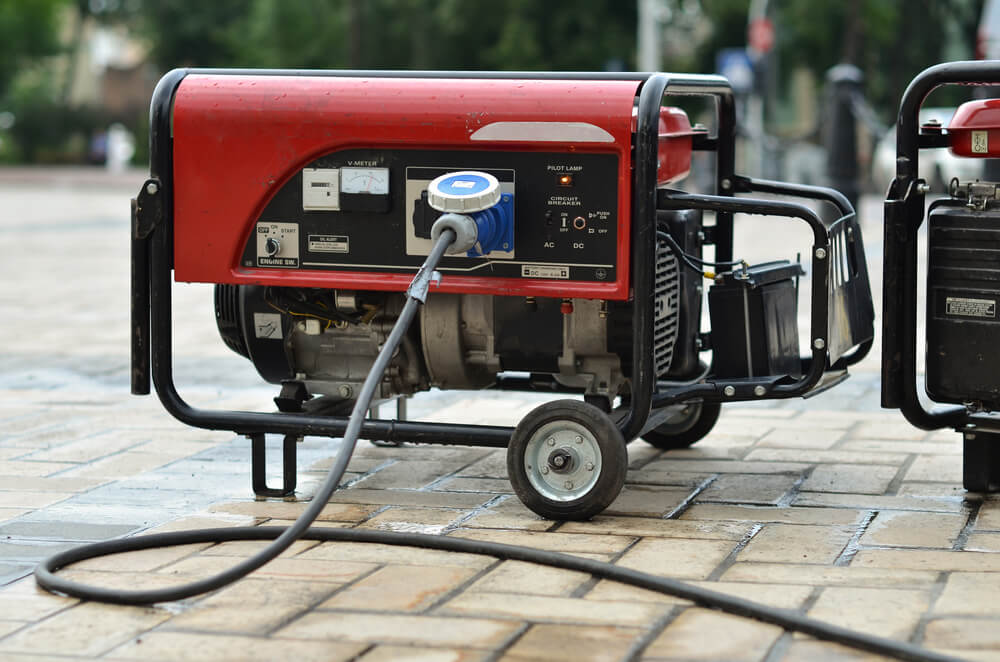The electric generator is a device that converts mechanical energy into electrical energy. The generator produces an electrical voltage from a mechanical rotating force, or from heat, or light.
In general, the generator works by rotating an electromagnet’s coils through a magnetic field to generate an electric current which is then used for electricity in homes, offices and factories.
An electric generator consists of three parts:
The stator – this is the stationary part of the machine that contains the coils.
The rotor – this is the moving part of the machine that rotates inside the stator and has windings attached to it.
The transmission – this transfers power from one place to another in an electric machine such as a generator.
The electric generator is a device that converts mechanical energy into electrical energy. The most common type of electric generators are the steam and internal combustion engines. There are other types of generators, too, such as windmills, hydroelectric plants and solar panels.
The electric generator has two main parts: the rotor and stator. The rotor is a rotating part that rotates on its shaft or axis. As this part rotates, it uses electromagnetic induction to create an alternating current in the stator. This current is then sent through wires to be used by other devices like lights or televisions.

Electric generators can be used at home to make electricity for everyday use or during emergencies when there is no power available from public utilities such as electric companies or local governments. Generators can also be used in industries where they are needed to keep machines running even if there is no power available at that time. For example, factories might need electric generators to keep their machinery working while they are not operating during certain times of day such as weekends or evenings when not many people are around to use the machinery so there isn’t much demand for power from them yet.
Electric generators are a type of power generation system that creates electricity. It is a device that converts mechanical energy into electrical energy by spinning a magnet inside a coil.
Electric generators create alternating current (AC), while direct current (DC) is produced by batteries and solar panels. Generators use electromagnets to produce a magnetic field around the rotor, causing it to spin within its housing. This process produces electrical energy through a conversion of kinetic energy from the spinning generator and converts it into alternating current (AC).
The first electric generators were built in the 19th century and were used to power arc lamps and electric motors. Today, electric generators are used for many applications — including powering homes, businesses, and industrial facilities — as well as for vehicle propulsion in hybrid vehicles. You can contact https://www.bellwoodrewinds.co.uk/ for more information.




